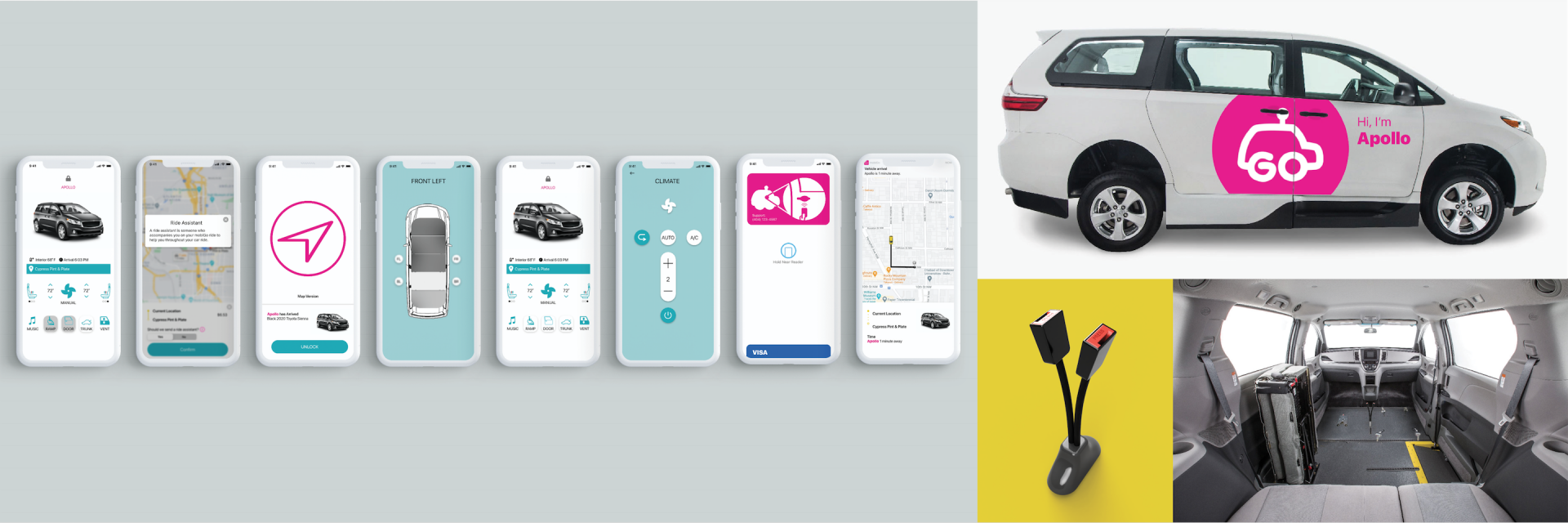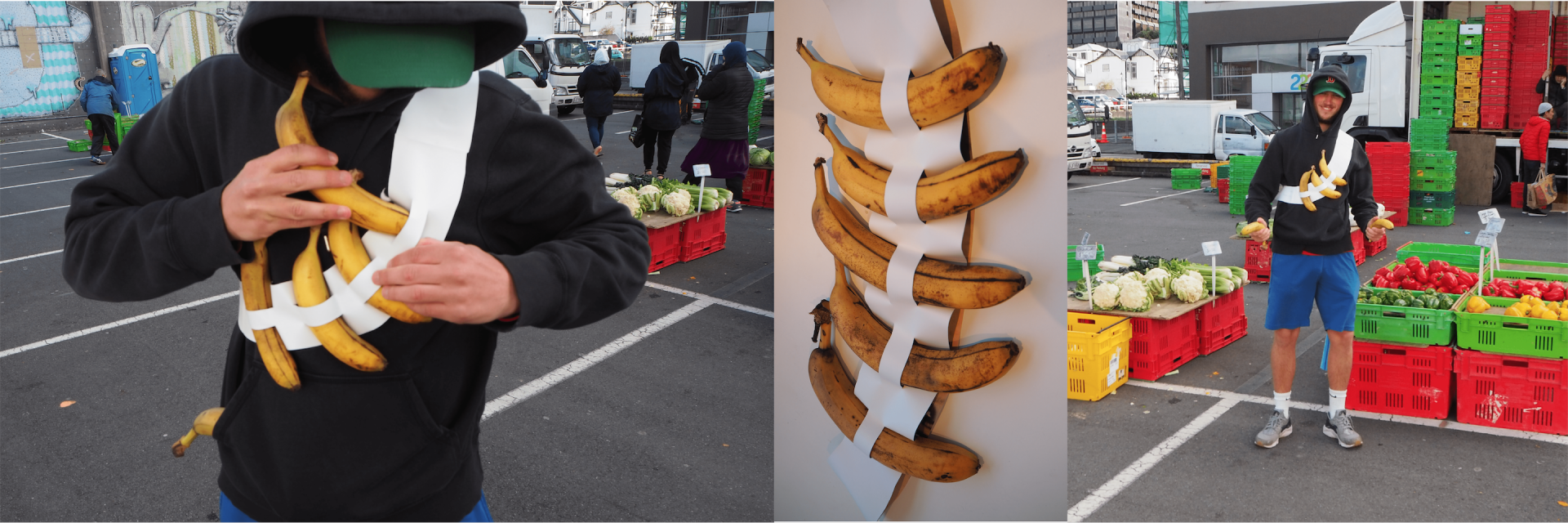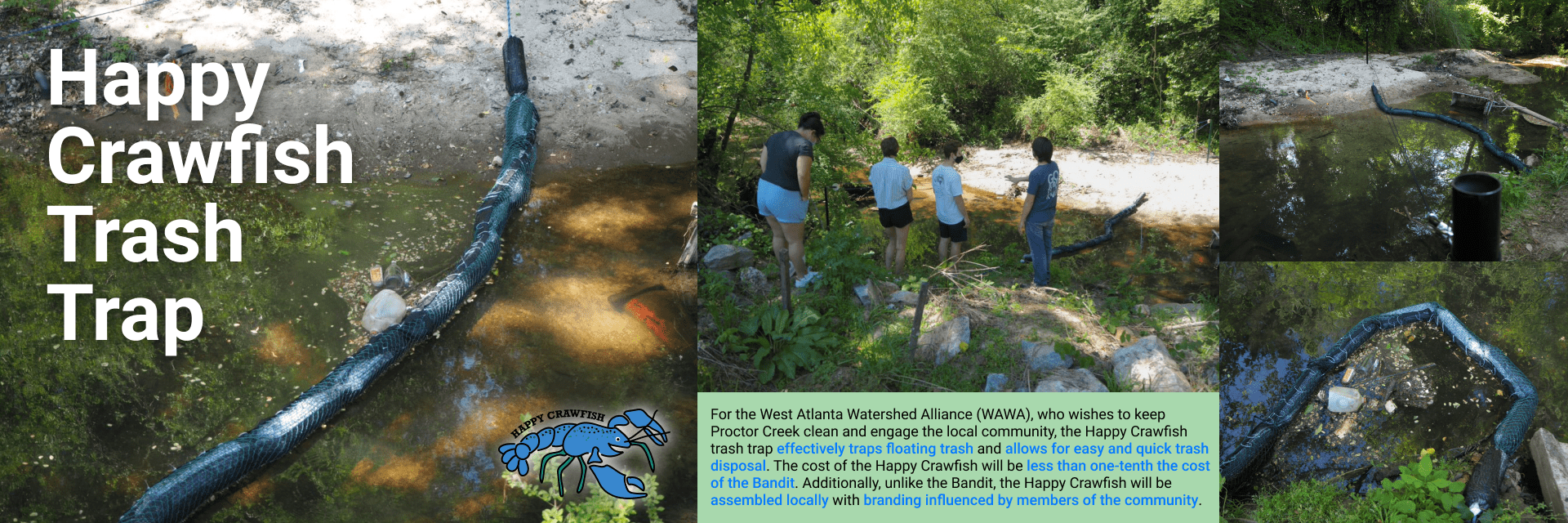
MobiGo
Teammates:
Berri Berto, John Flowers, and Ramsey Lehman
Class:
ID 4081 | Instructors: Dr. Stephen Sprigle and Wayne Li
MobiGo’s accessible on-demand autonomous transportation service fills the void in the accessible transportation market. With greater flexibility than existing paratransit services and more accessible features than current rideshare alternatives, MobiGo hopes to leverage rapidly advancing self-driving technology to provide affordable on-demand transportation for all. To meet its goals, MobiGo starts with the industry leading VMI Toyota Sienna ADA NorthStar E360. The VMI converted Toyota Sienna meets ADA guidelines and has an automated ramp for quick and convenient entry and exit. By removing the front two seats and adding an EZ-Lock dock and Q’Straint one-handed straps, MobiGo’s vehicle can accommodate two users seated in their mobility aids along with up to five ambulatory passengers. Hailing an accessible ride has never been easier with MobiGo’s intuitive mobile application, also available on the web. Once your ride has arrived, you can view its location on the mobile app and easily distinguish its bright branding and unique vehicle personalization. If you are blind or have impaired vision, you can use MobiGo’s haptic feedback app to assist you in locating the vehicle. Once you’ve reached the vehicle, use your mobile phone or MobiGo card to unlock the car via NFC technology, which gives you complete confidence that you made it to your vehicle. Now it’s time to enjoy the ride.

Banandolier
Class: Sustainable Design at the Victoria University of Wellington | Instructor: Tonya Sweet
This is the Banandolier, a new way to shop at farmers markets without having to use wasteful plastic bags. Created using materials from old university vinyl tapestries, you can sling copious amounts of fresh produce across your chest and look like vegetarian John Rambo. The hands-free storage also allows users to get themselves to and from the market using sustainable transportation, like on a bicycle or a skateboard.
Below you'll find a propaganda-inspired poster I made and a journey map that might give you some more clarity on what this is all about.

Hadid Pen Project
Class: INDN 211 at Victoria University of Wellington | Instructor: Tim Miller
This pen was inspired by the work of the late architect Zaha Hadid. The contrast of the organic interior form with the geometric shapes of the pen grips reflect the style of the interior and exterior features of Hadid's buildings.
The inner piece was made of aluminum machined on a manual lathe and milling machine. The outer pieces were made by 3D printing PLA, followed by several rounds of priming, sanding, and painting. A cool next step would be boring out the center and actually making it write.


